What to Know When Choosing a Backpacking Water Filter

(Words by Sarah Bauchner)
Having access to a backpacking water filter is a top priority for many outdoor enthusiasts; because we know all too well that not staying adequately hydrated could spell disaster on the trail.
Drinking enough water during your hike is essential for many reasons, like keeping joints lubricated, controlling body temperature, avoiding infections, providing nutrients to cells, and maintaining organ function. Not only that, but good hydration can also improve your quality of sleep at camp and can help you stay more alert and cognitive to your surroundings.
But how do you carry enough water for days in the backcountry without weighing down your bag or taking up much-needed room for other supplies like food and shelter? Having a way to collect water from sources that aren't usually sanitary or potable has opened up a world of on-the-go hydration the likes of which we've never before seen.

What Makes Water Drinkable?
When we think of treating water, we often think of filtering the stuff you see—refuse and silt on the surface of standing water. Of course, when people can see it, it's a little bit easier to decide if the water looks appealing or not. But, what happens when we come across water that looks so clear and refreshing, without a speck of visible dirt inside? How can we be sure that this water is safe to drink?
The truth is that you can't. There are viruses, bacteria, and protozoa that you should permanently eliminate from your drinking water. Systems like the Cascade Mountain Tech Personal Water Filtration Straw are made to ensure you always have drinking water on the trail.
Does it Meet Universal Water Standards?
Like we mentioned above, backcountry water carries the risk of waterborne pathogens. The Cascade Mountain Tech Personal Water Filtration Straw meets NSF P231 testing protocol for removing bacteria and parasites designed for outdoor Point of Use filters.

What Type of Filter is Right For Me?
There are three common water filters; Gravity Filters, Pump Filters, and Filtration Straws - like our new Cascade Mountain Tech Personal Water Filtration Straw. When looking at filtration systems, these are some of the elements you might want to evaluate based on your needs:
Gravity filters
The Gravity Filter is the ultimate group trip hydration system. They are designed for filtering large amounts of water with help from gravity (hence the name). First, the "dirty" water bag is filled from a water source, and then the system is hung from a tree or any object that allows for a downflow from the "dirty" bag into the clean water container. As we said, this is an excellent option for those looking to filter water for more than one person because even though it takes a bit longer to filter through a large amount of water, you'll be able to fill everyone's canteens with just one system.
Pump filters
The pump filters are a tried-and-true way to filter water in the backcountry if you don't mind putting in a bit of muscle work. Usually, you can pump at least one liter a minute, but depending on the amount of sediment in the water, this could take you a long time to achieve. So for those that would rather conserve their energy for the trail, the pump filter might not be for you.
Personal Water Filtration Straws
There is no better on-the-go hydration option for traveling solo or in self-sufficient groups than filtering water straight from the bottle. Designed as a tube with a filter inside, the Personal Water Filtration Straw lets you drink directly from the water source. Using your mouth, you draw water from the bottle through the filter, cleaning it as it goes. A favorite for trail runners, backpackers, and day hikers, these filters are best used in areas with a few dependable water sources so you can refill as needed. Even if you already have a high-capacity filtration system, the straws compact design makes it a reliable backup system.

What’s the Difference Between Filtration and Purification?
Though water filters remove the main threats to hikers - like waterborne protozoa and bacteria, they do not remove viruses. That's where water purifiers come in handy. They work to neutralize protozoa, bacteria, and viruses. Using chemicals or UV light, purifiers help remove dangers like Hepatitis A or Norovirus. Some water purifiers will also include a filter for eliminating debris and sediment from the water. Tablets and chemical drops are an excellent addition to your backpack and can be added to your water filtration system for extra protection.
So, How Does the Cascade Mountain Tech Personal Water Filtration Straw Work?
The Cascade Mountain Tech Personal Water Filtration Straw helps alleviate extra weight carried on your adventures by allowing you to source your water from the various creeks, rivers, and lakes you may find along the way. Using three stages of water filtration makes drinking from most bodies of water safe.
Stage 1: The sediment filter removes large waterborne particles and increases filtration performance and longevity.
Stage 2: After, the Hollow Fiber Membrane removes 99.9999% of bacteria, 99.997% of parasites and reduces microplastics.
Stage 3: And finally, the Activated Carbon reduces foul odors and improves the taste of water.
Its new and compact design is ideal for hiking, traveling, and camping because it makes it easier than ever to bring anywhere you need to filter water.

Using and Caring for Your Water Filtration System:
It’s important that you always thoroughly read the directions and take the time to understand everything there is to know about your system.
When using the Cascade Mountain Tech Personal Water Filtration Straw, you can drink straight from a stream while outdoors or use it when refilling your water bottle from a tap that you don't feel is up to standard. Just be sure not to use seawater, brackish water, or chemically contaminated water such as mining tailing ponds or water near large agricultural operations.
For cleaning, use tap or bottled water. We recommend you rinse your filter with warm water and wipe any dirt away with a clean sponge. You can remove the mouthpiece by unscrewing it counter-clockwise and clean it with warm water and dish soap. Do not allow soap of any kind to get inside the straw, though. The straw is not dishwasher-safe.
When drying, start by blowing air back through the mouthpiece (in the opposite direction of normal water flow). This will help remove the bulk of any water left inside. Then give it a couple of quick, hard shakes and dab with a dry towel.
It is best to store the filter in a vertical (standing) position with a clean towel underneath to catch any trapped water that may drain out over time.
If you attempt to use your straw and you find yourself unable to draw water through it, this may indicate that the product has reached the end of its lifecycle. It can filter up to 1,000 gallons of water, but this is dependent on how dirty the water you are sourcing is and how well the filter is maintained between uses.
By taking the time to care and regularly clean your system, you can prevent damage and maintain its integrity. This will help your filter provide you with safe drinking water for years to come.

We all know that water is essential for a good wilderness experience but, that water could be your downfall if not appropriately treated. The last thing anyone wants is to be stuck in the backcountry buckled over with a severe stomach illness. So, if you have any questions about how to choose a backcountry water filter to keep hydrated and healthy on your travels, leave a comment below. And happy trails!
-
Shop the gear from this post:




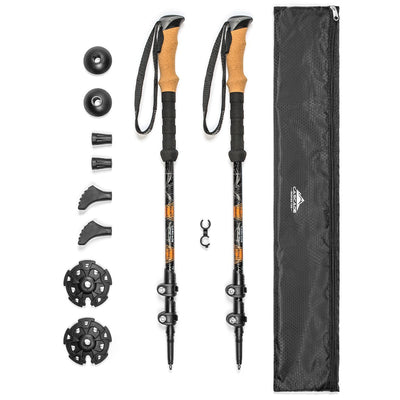
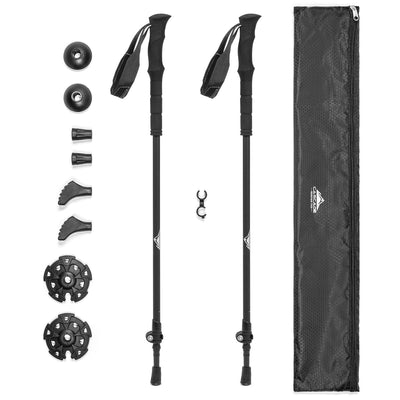
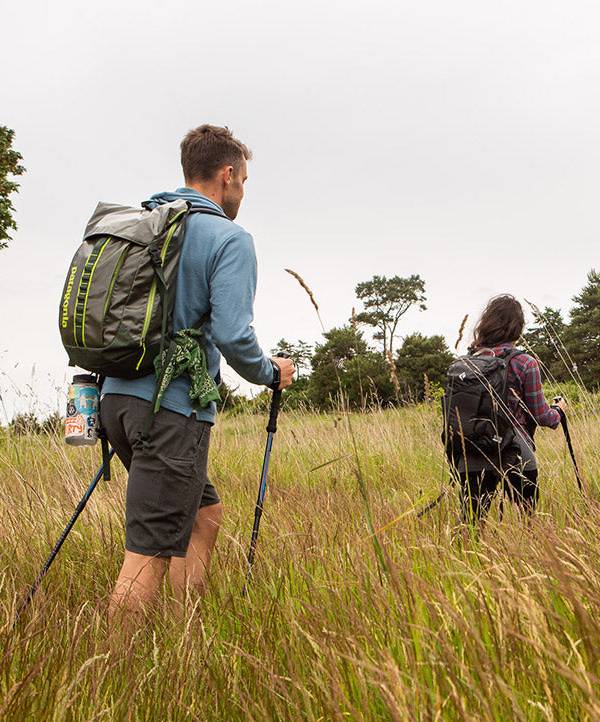

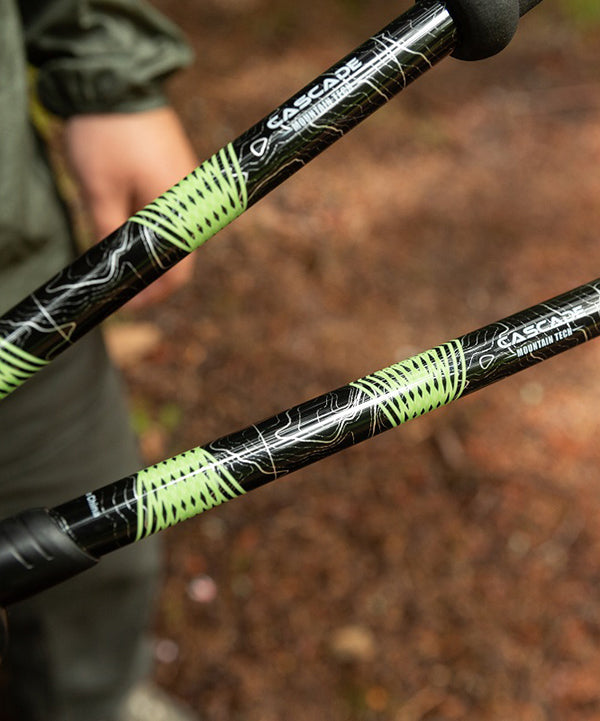

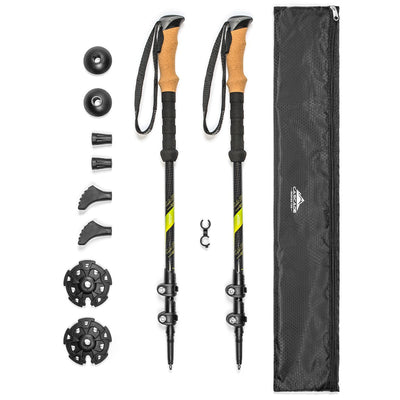
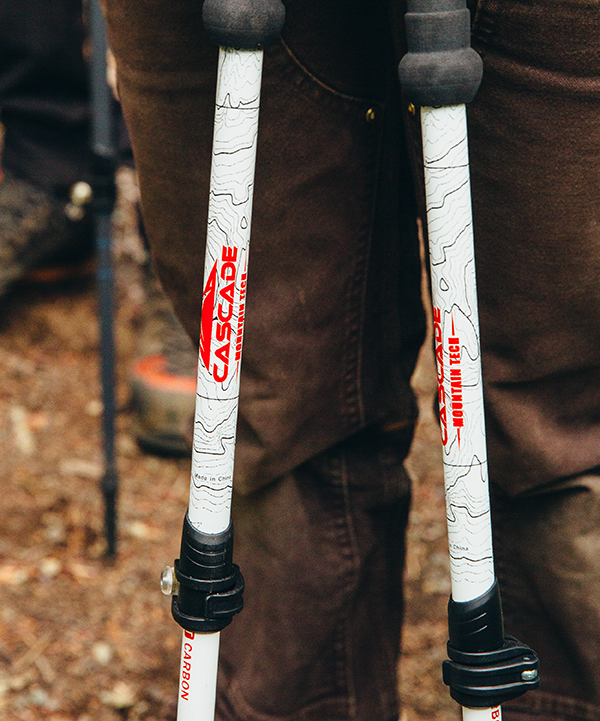
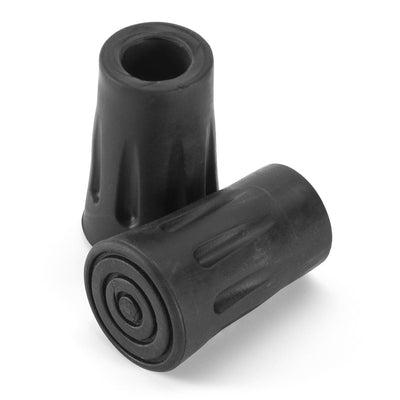
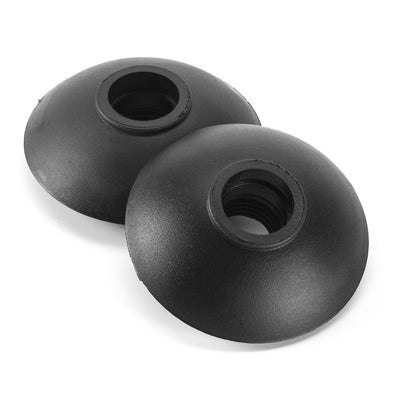
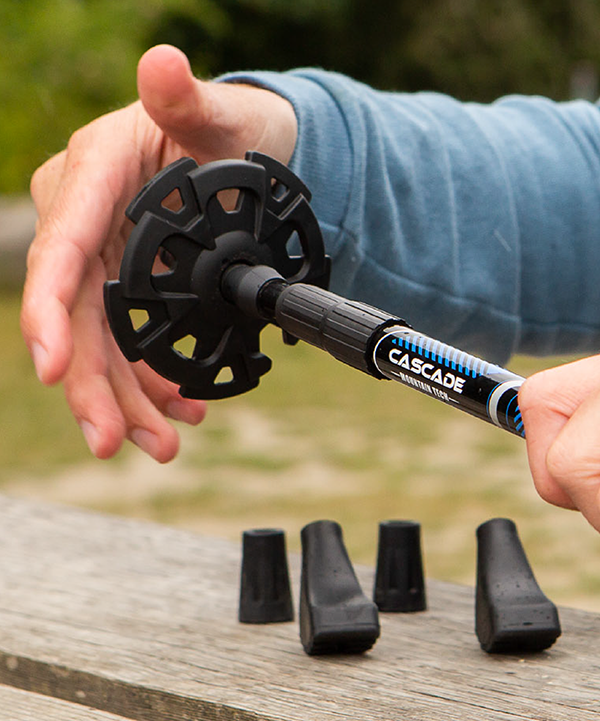
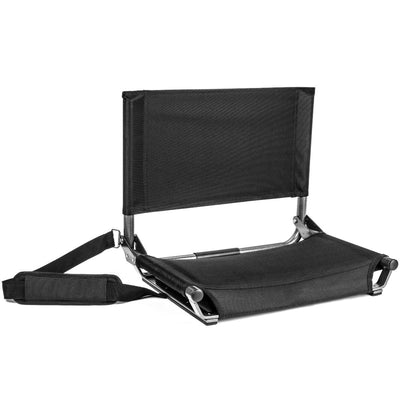
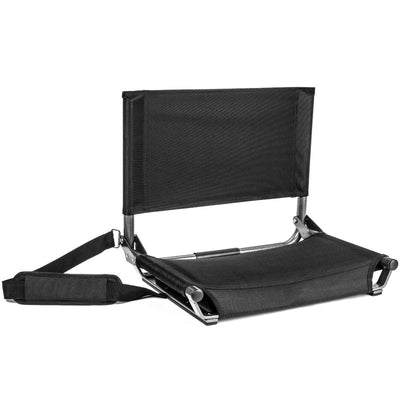



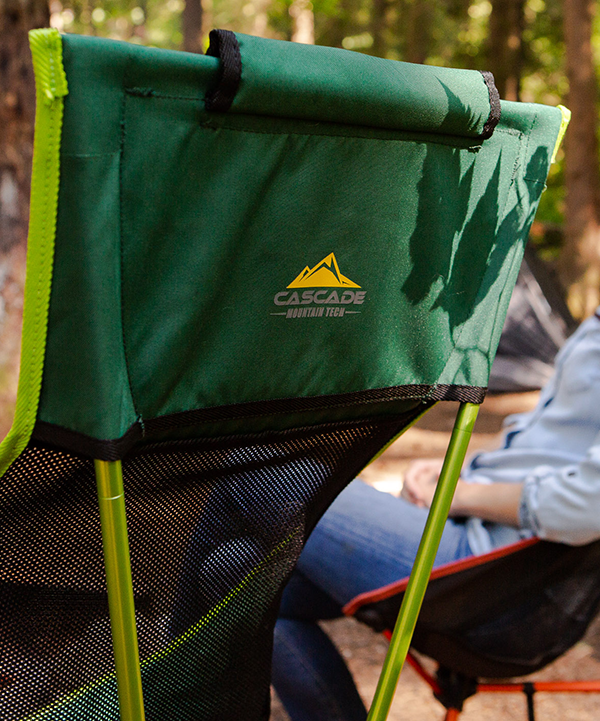
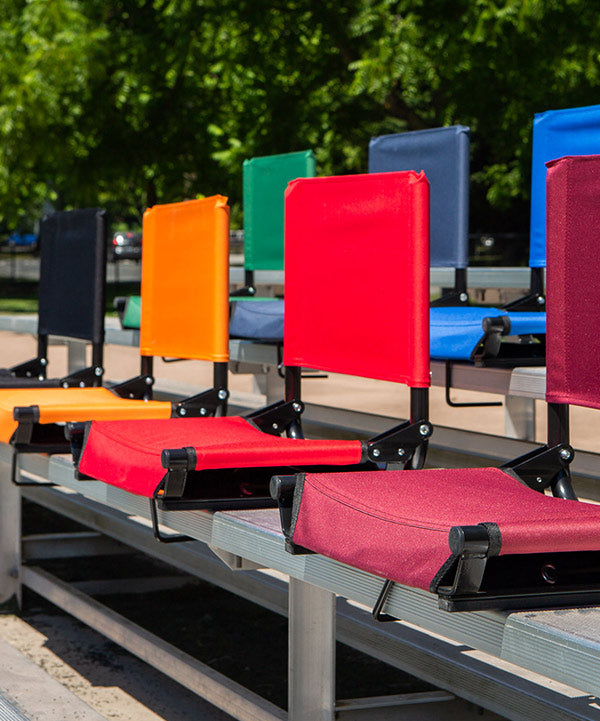

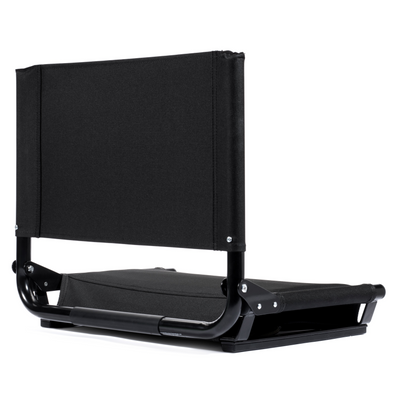
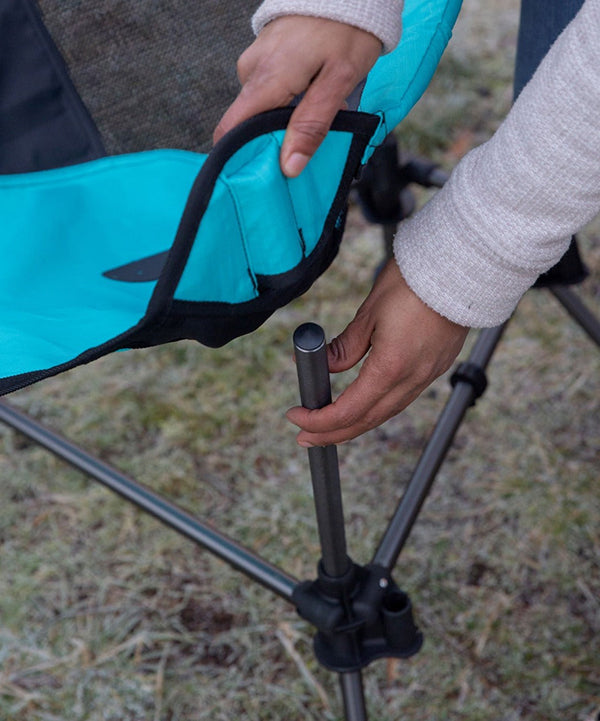
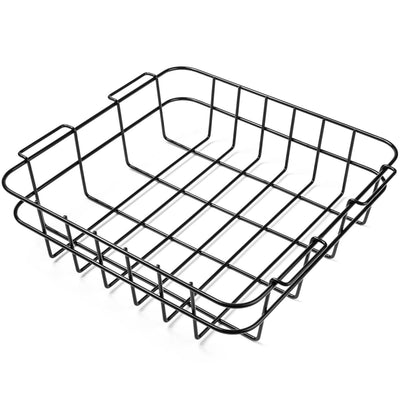

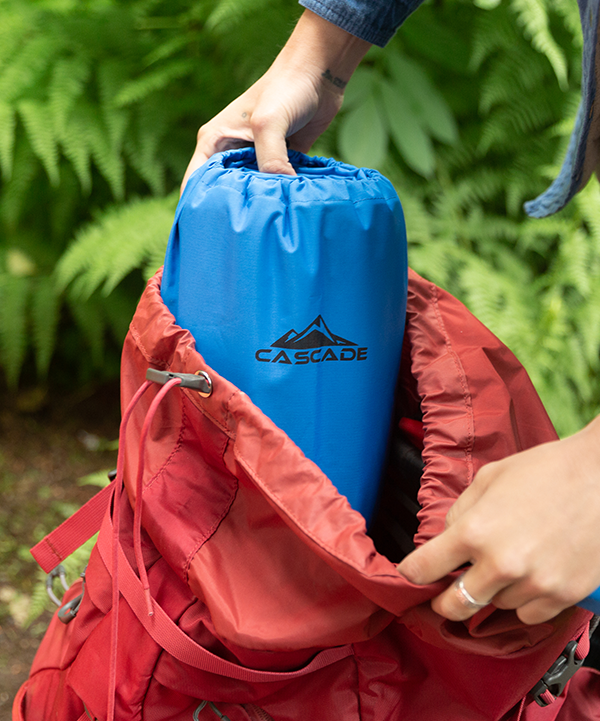
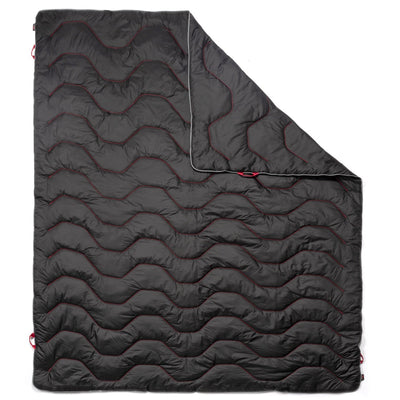
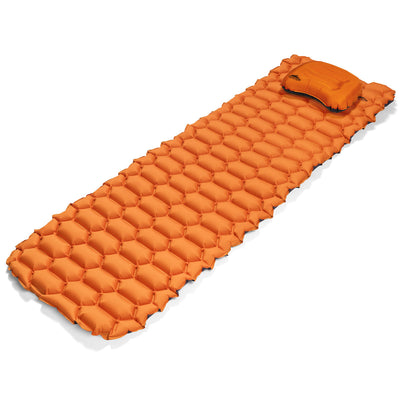



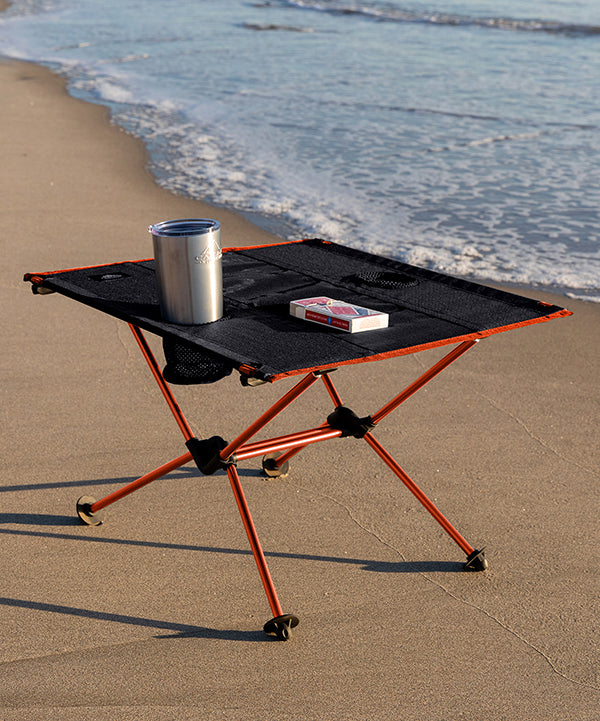

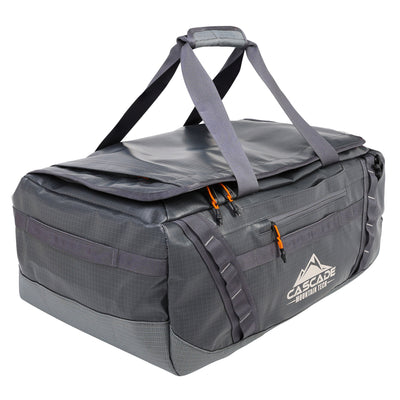
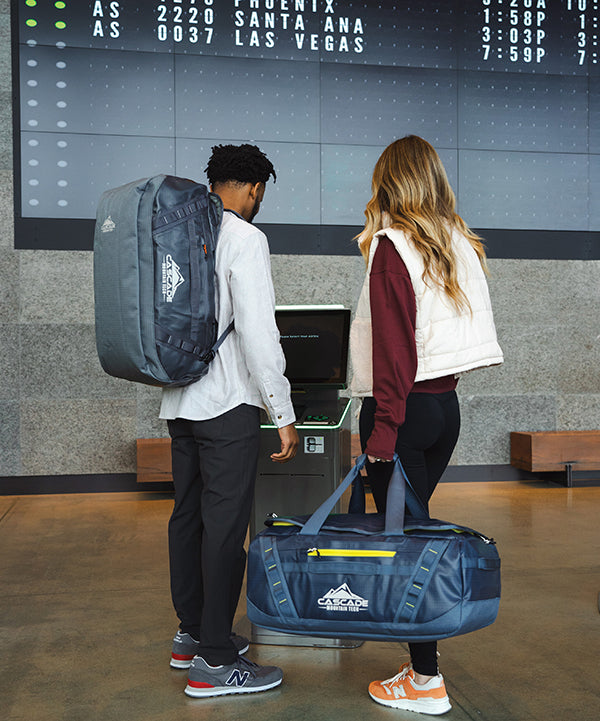
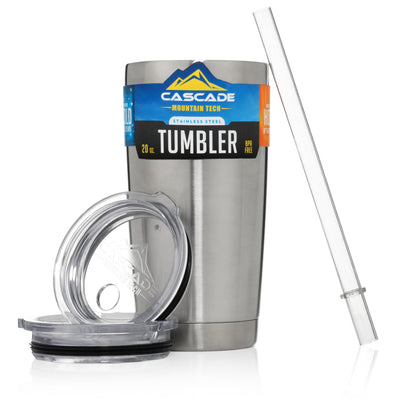
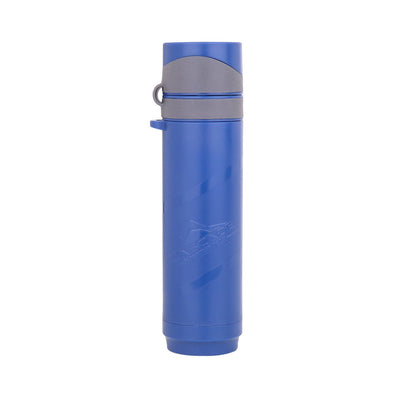
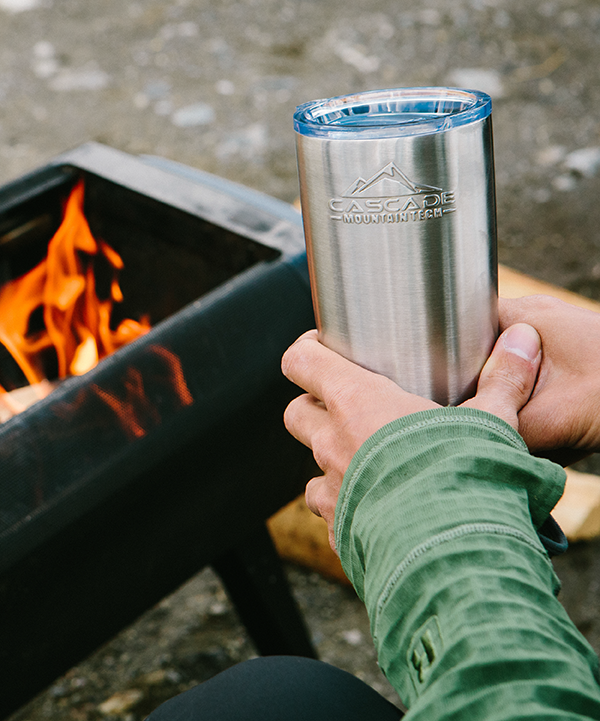
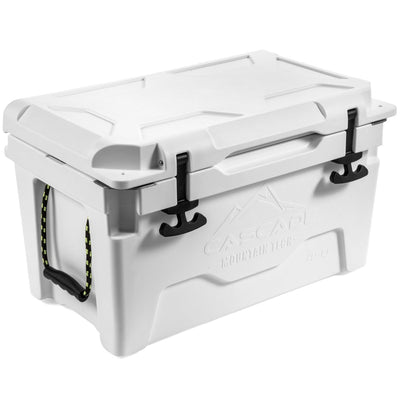



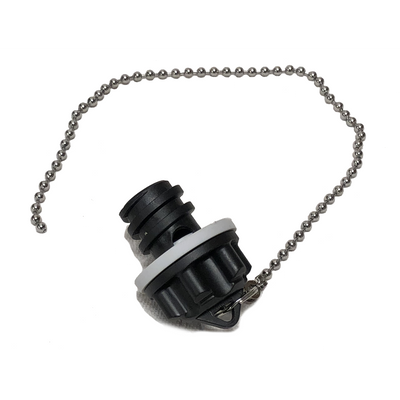
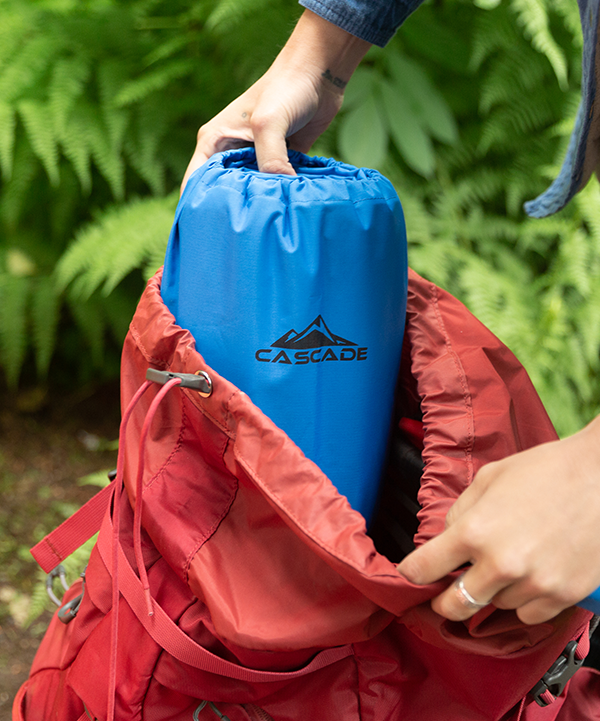
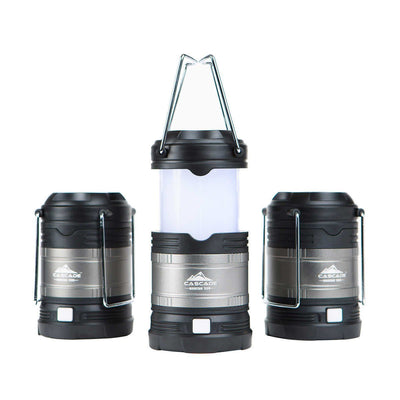

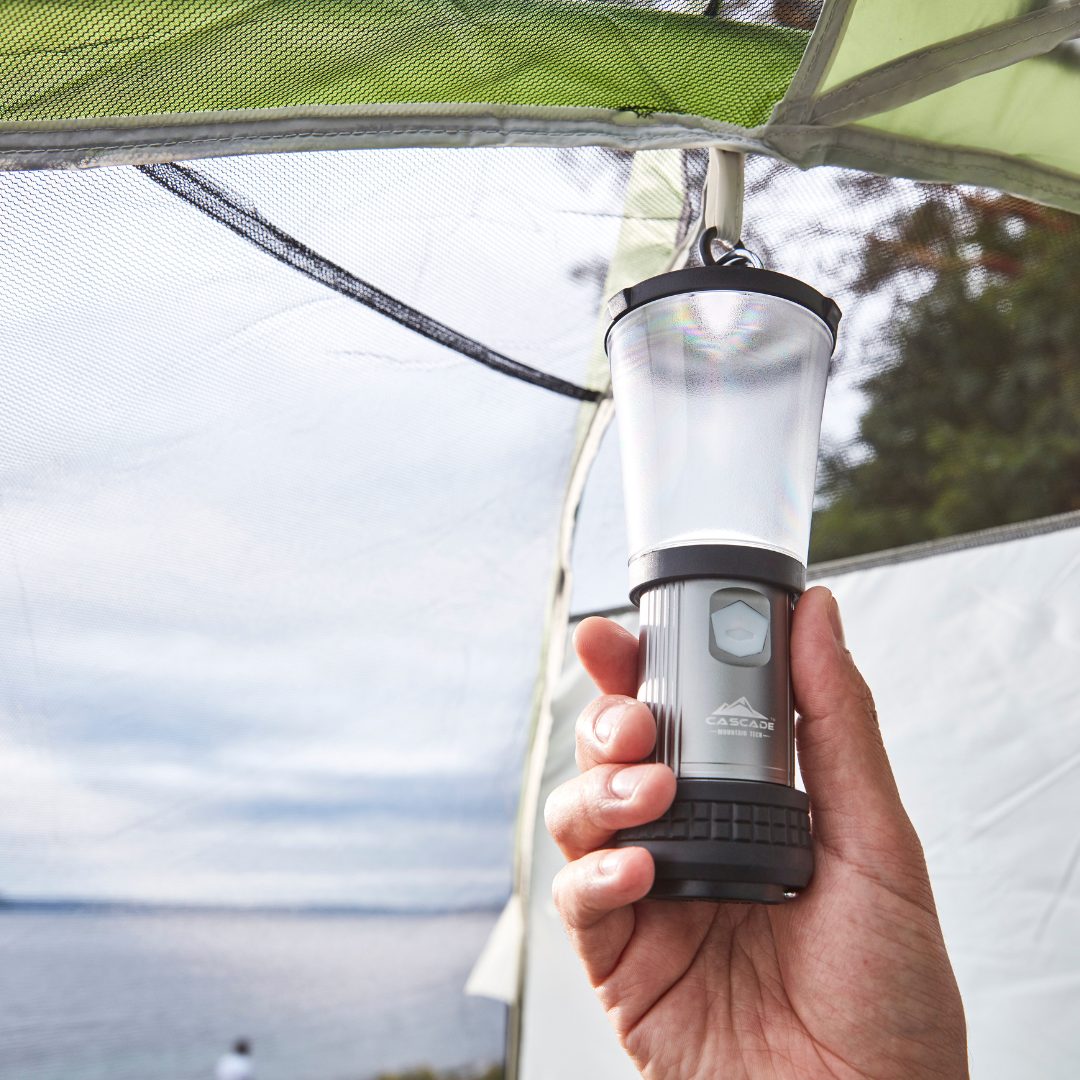

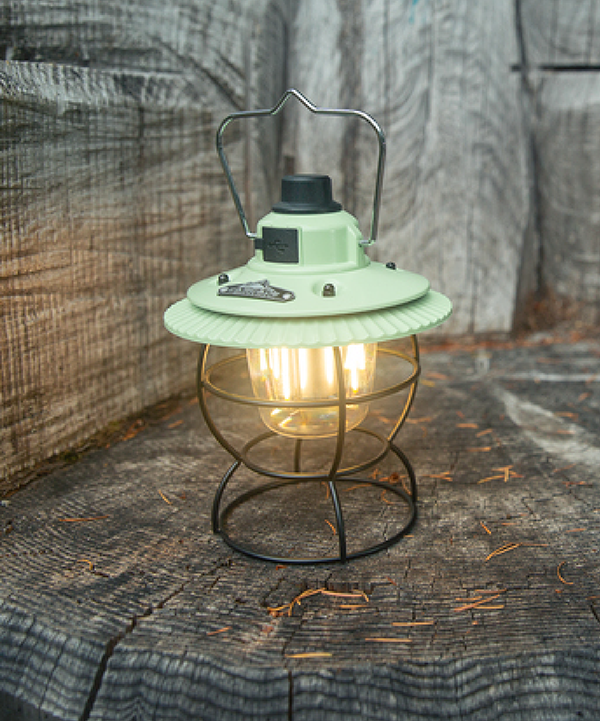

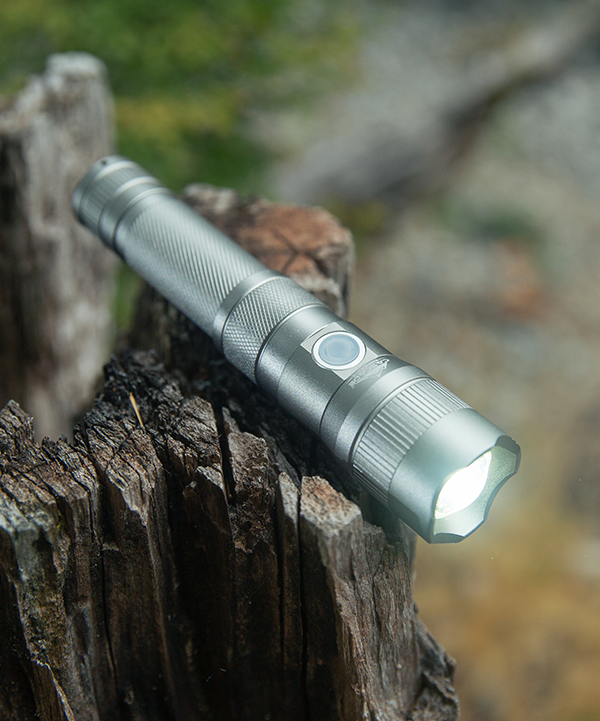

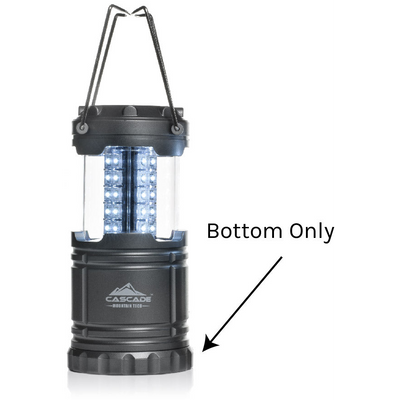
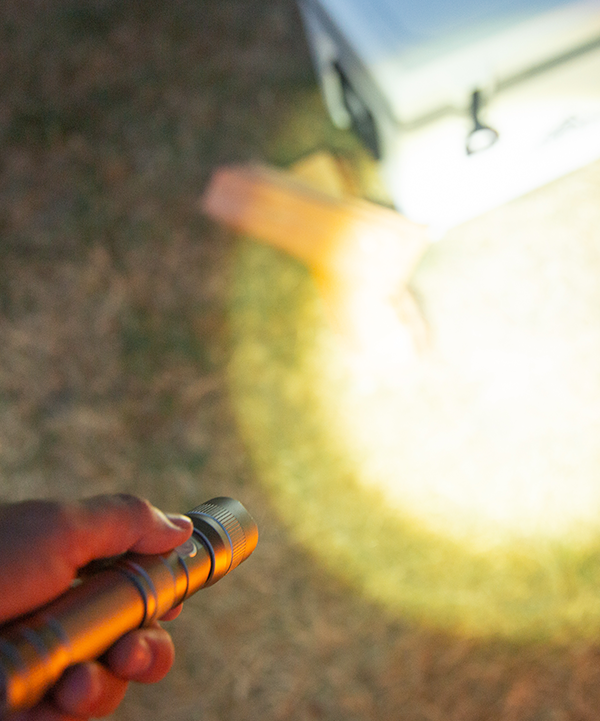
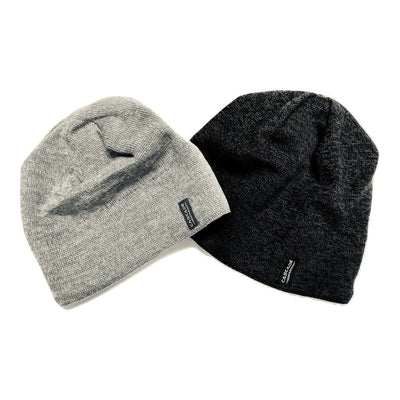
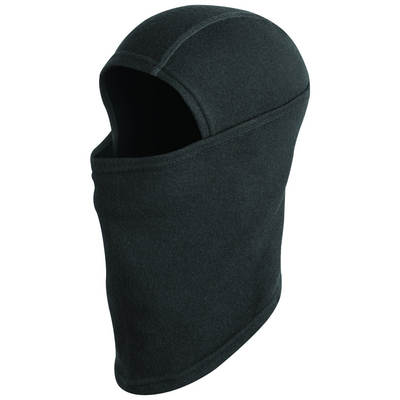
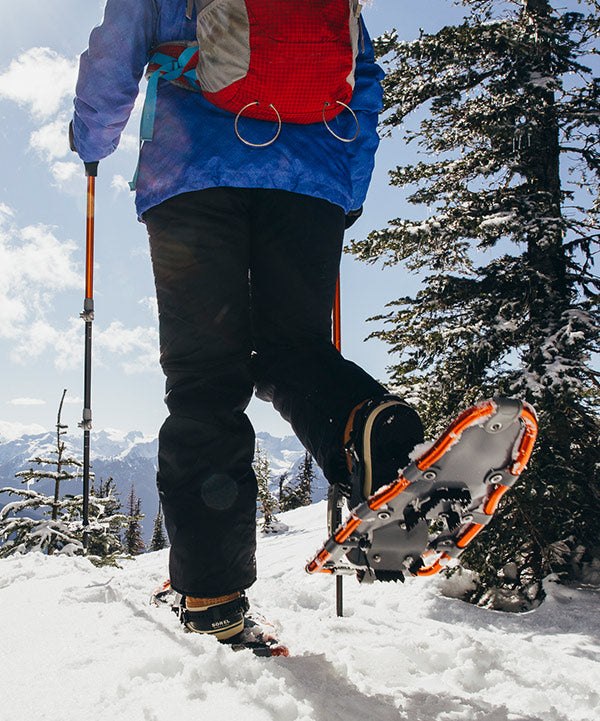

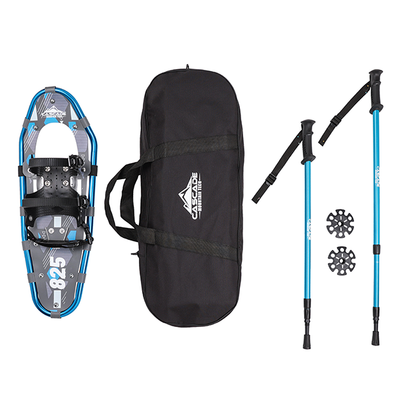
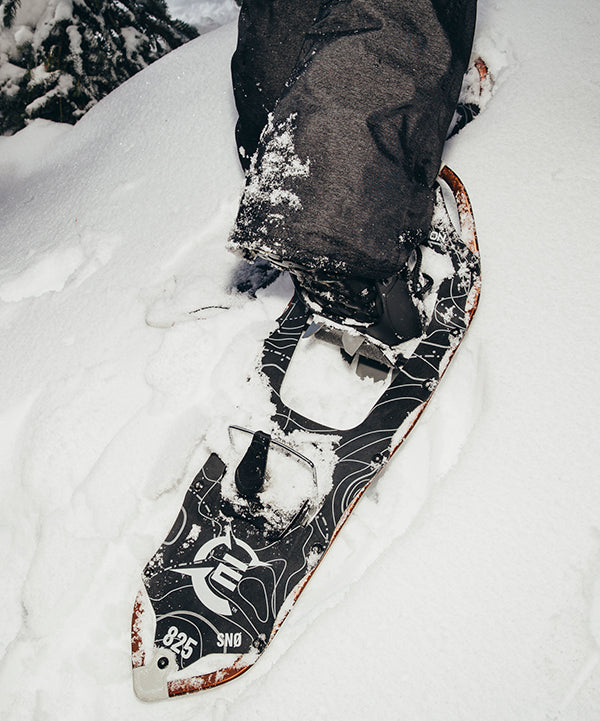

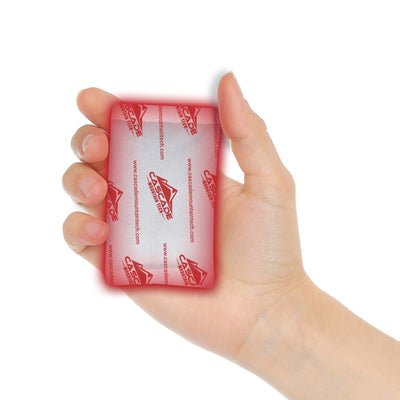

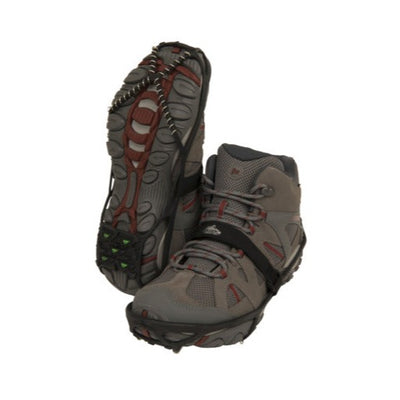

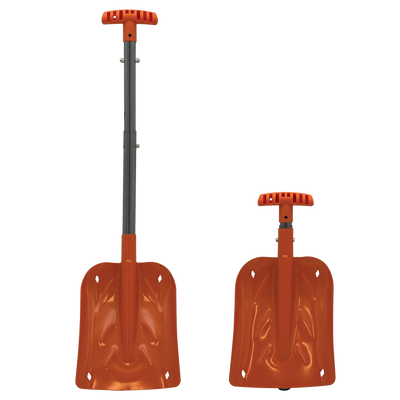
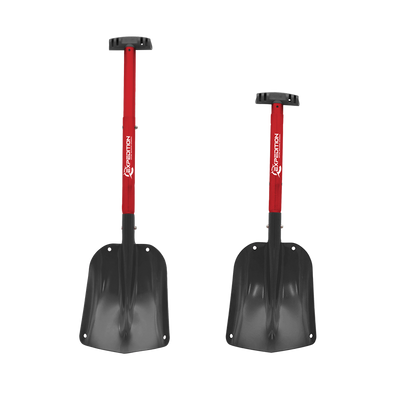
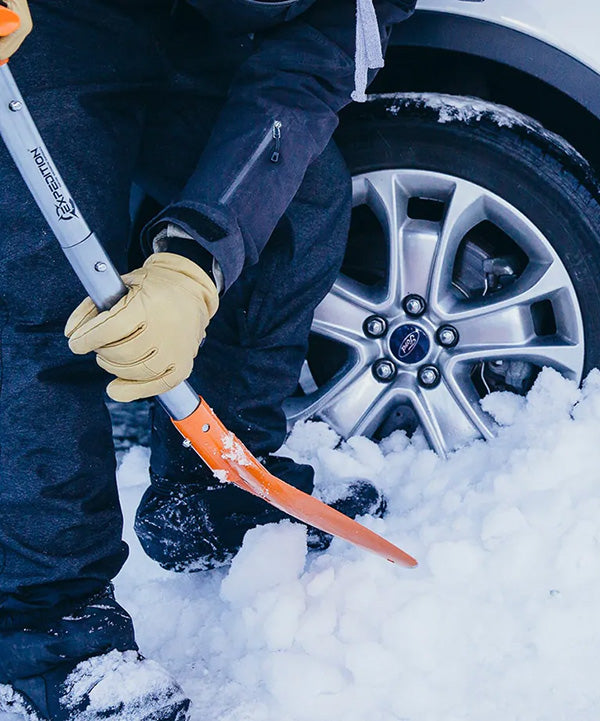
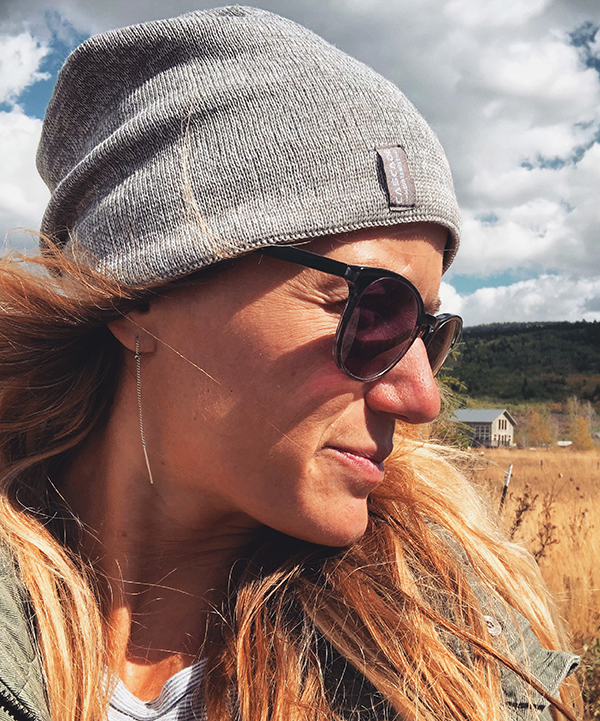

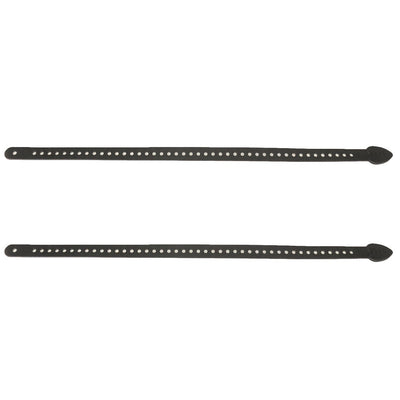












Leave a comment